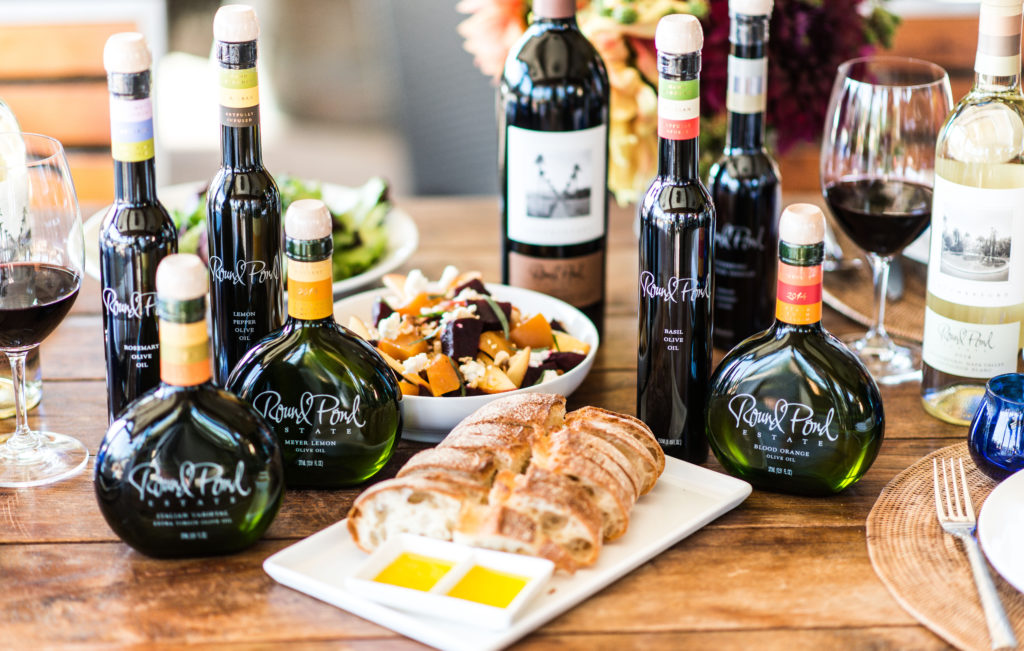Our wine and food philosophy comes down to one motto: drink—and eat—what you like! However, knowing just a few core principles can take your pairing game to the next level, so today, we’re diving into the art and science behind pairing food with wine.
The Pillars of Pairings
Wine and food pairing starts with the building blocks of flavor: sweetness, bitterness, salt and acidity. Each of these components, in both a food and in a wine, impacts which wines and food dishes should go together. A high-tannin wine like Nebbiolo, for example, creates the sensation of dryness in your palate, while a highly acidic wine like Sauvignon Blanc makes your mouth water. To find a wine’s perfect match, opt for a dish that negates those effects: a juicy, fatty steak with dry, tannic red wine; a creamy chevre with Sauvignon Blanc—all with the goal of creating balance on the palate.
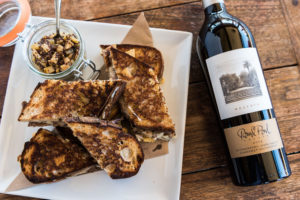
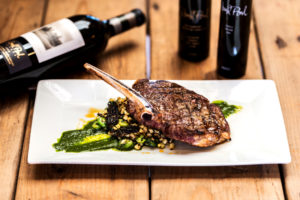
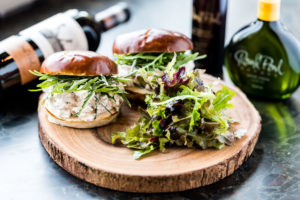
Beyond the Basics
A common pairing adage is “white wine with fish; red wine with meat”—but finding the perfect pairing goes beyond that. Is your dish a fresh ceviche with loads of lime juice and cilantro? Go with a bright and high-acidity white wine like Sauvignon Blanc. But a succulent piece of baked salmon begs for a textured, complex Pinot Noir. While Cabernet Sauvignon pairs beautifully with red meat, another stellar match-up is Chardonnay with roasted or fried chicken. Think weight and richness rather than white and red.
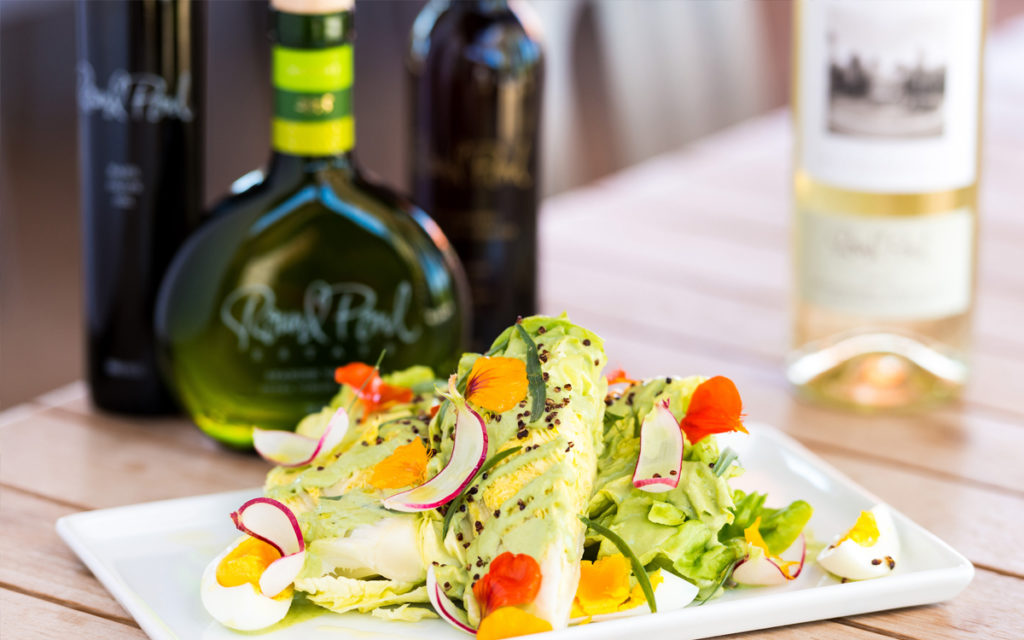
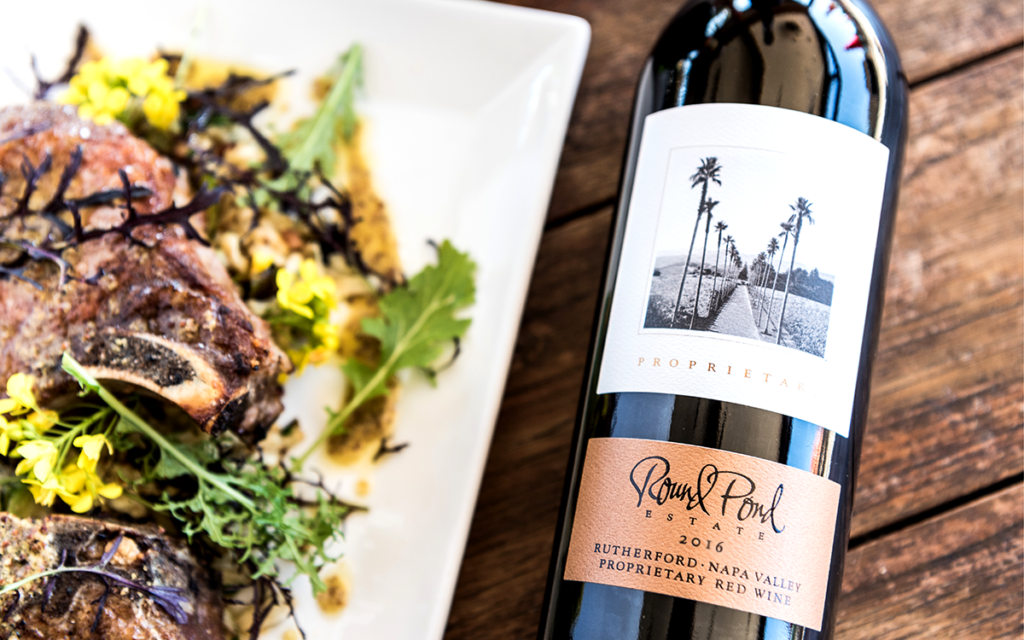
Complement and contrast
A good food pairing will either complement or contrast the flavors in a wine; a great pairing does both. This recipe for harvest jambalaya, for example, pairs beautifully with both Rosato di Nebbiolo or Proprietary White Wine. The spicy sausage and smoked ham contrast the acidity in the Rosato, while the juicy shrimp and creamy rice complement the plush stone fruit flavors on the Proprietary White Wine. Each wine option brings out different elements in the dish, and the dish brings out different flavors in each wine.
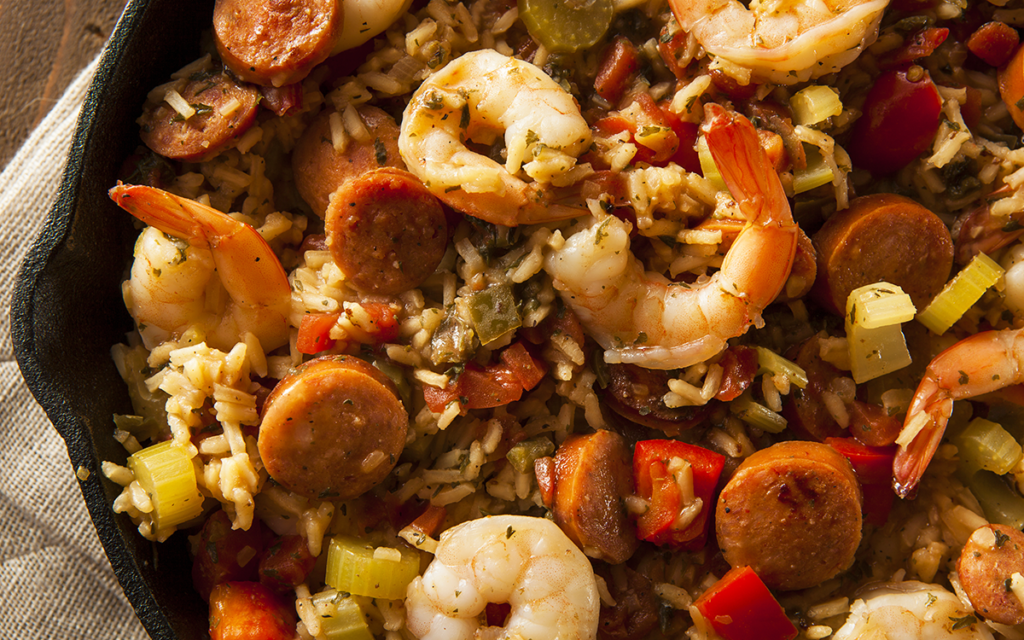
Mix it up: match food to wine instead of wine to food
In other words, ask “what should I eat with what I’m drinking?” rather than “what should I drink with what I’m eating?” Our Proprietary Left Bank blend, for example (Cabernet Sauvignon and Merlot) is one of the most food-friendly wines in our lineup. We recommend pairing with a juicy pork paillard and arugula pomegranate salad that contrasts the wine’s tannins while complementing the bright red fruits and floral notes in the wine. Or, for a vegetarian option, caramelized roasted veggies or a margherita pizza.
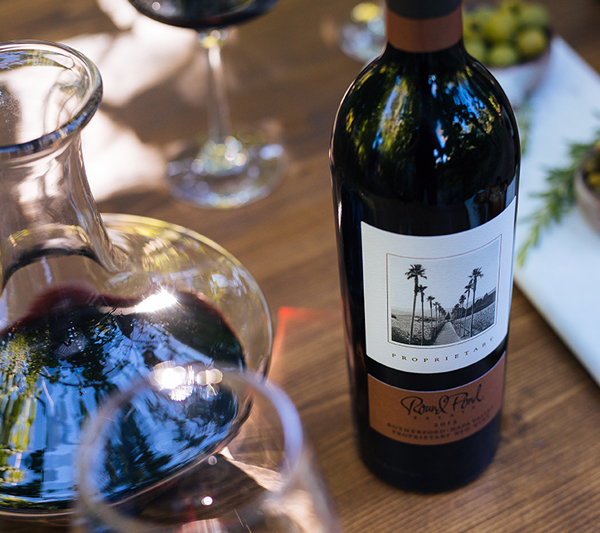
Spotlight on sauces and spice
Truly sublime pairings come down to a dish’s spice, sauces and seasoning, which often impact its flavor just as much as the meat or main itself.
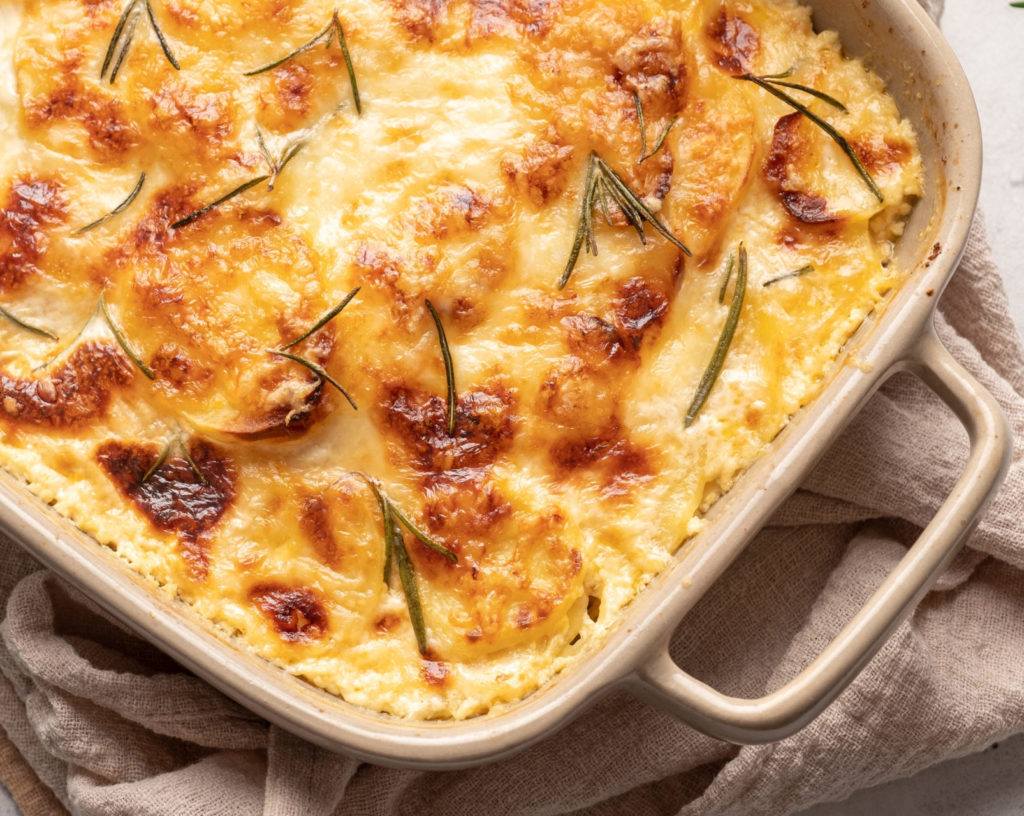
For example, potatoes:
- Crispy potatoes with herbs or a salsa verde – pair with Rosato di Nebbiolo or Sauvignon Blanc
- Baked potatoes with all the fixings – the ultimate comfort food calls for the classics: pair with Chardonnay or Cabernet Sauvignon
- Manchego potato gratin – decadent and rich, with creaminess to harmonize with the tannins in the Left Bank Red
Or, for the burger-lovers (whether meat or meat-free):
- A classic bacon cheeseburger with cheddar cheese: rich, ripe reds like Cabernet Sauvignon, Malbec or Syrah
- An Impossible Burger with goat cheese, arugula and a dollop of green goddess dressing: crisp white wine like Sauvignon Blanc
- A mushrooms-gruyère burger: a lighter red, such as Merlot or Pinot Noir
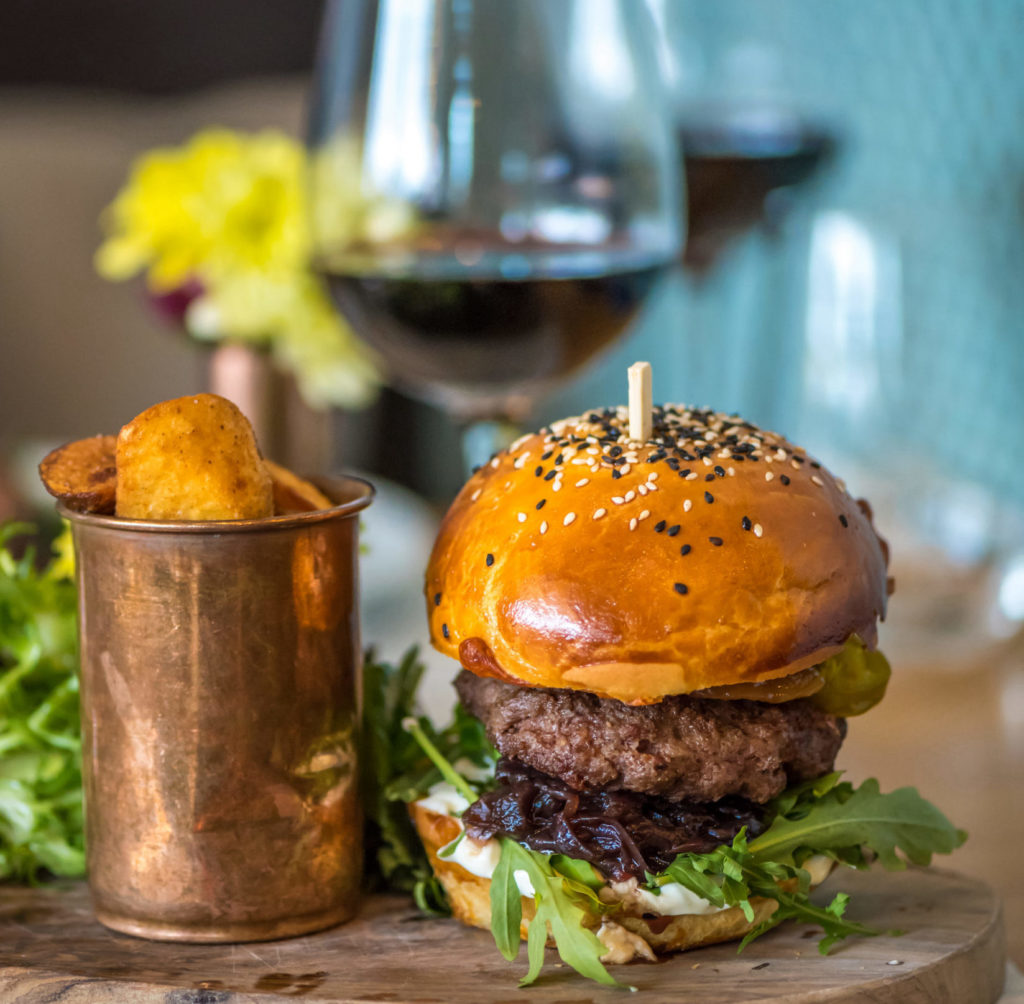
Step out of the box
Tasting, tasting, and more tasting: it’s the final word in wine and food pairing. The more you sample different foods with different wines, the more you’ll experience how flavors interact on your palate, and the more frequently you’ll come across that stellar pairing that’s greater than the sum of its parts. Don’t be afraid to experiment with different cuisines and flavors, thinking back to sweetness, bitterness, acidity and saltiness. And when in doubt: rosé and french fries. *Chef’s kiss.*
